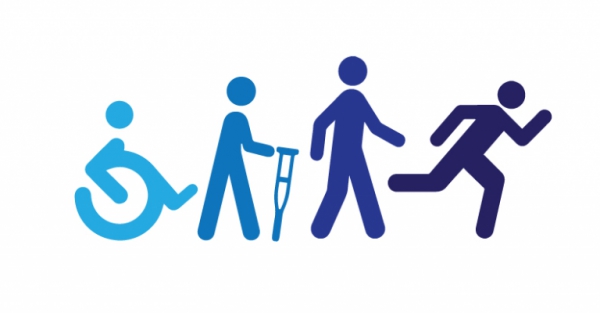Force Transmission and Elastic Properties of Fascia
Fascia like other soft tissues has variable degree of elasticity that allow it to withstand deformation when forces and pressure are applied as it can recover and return to its starting shape and size. It response to load , compression and force, as at the beginning of loading, fascia has an elastic response in which a degree of slack is taken up .Over time, if loading persists in a slow and sustained manner, creep develops, which is a slow, delayed yet continuous deformation. After that , an actual volume change occurs as water is forced from the tissue .When loading ceases fascia return to its original shape .The restoration of shape occurs through elastic recoil via hysteresis, (which is the process of energy use and loss in which tissues are loaded and unloaded). The time needed for tissue to return to normal via elastic recoil depends on the uptake of water by the tissue and whether its elastic potential has been exceeded. When loaded for any length of time, tissues lengthen and distort until they reach a point of balance. If loading is sustained, over time, chronic deformation will result.
Sensory Information
Fascia is one of the richest sensory organs in our body, embedded in nerve endings and mechanoreceptors ( muscles spindles, Ruffini and Pacini corpuscles, Golgi endings and free nerve endings). Fascia plays a major role in the perception of posture and movement affecting our proprioception and coordination. Whenever we change our posture or move in any way fascial tissues’ mechanoreceptors deform and activate, sending afferent information into the spinal cord and brain. These messages are interpreted by our CNS then efferent information is relayed to our muscles.
Conditions that Affect Fascia
Fascial dysfunction can occur for a variety of reasons. Lack of movement variations, sub-optimal nutrition, habitual postures and trauma can impact on the fascia’s ability to glide and slide, which normally helps the distribution and transmission of tension across the body. Compensatory patterns of movement can then occur resulting in more stress on the fascial system. Fascial dysfunction is associated with pain, stiffness, tissue fatigue and reduced performance and function. Fascia can shorten, solidifies and thicken in response to:
- trauma
- anything physically or emotionally injurious to the body
- inflammation
- poor posture
- or anything that cause the body to lose its physiological adaptive capacity
This called a binding down of fascia .
Physiotherapy Management
Fascial treatment is a manual therapy method focusing on releasing specific localized areas of fascia, which have been assessed and diagnosed as being involved in the pain and movement/functional limitations. Through the appropriate manipulation of this precise part of the fascia, movement can be restored allowing optimal force transmission within the body so that you can move and function better.
Fascial treatment should be supplemented with exercises and additional modalities e.g. joint mobilisation and strengthening designed to correct biomechanical deficiencies by addressing musculoskeletal strength and imbalances throughout the entire kinetic chain.
- Myofascial release
- Cupping - There is some evidence to suggest that cupping therapy may be beneficial for certain health conditions. Research into cupping therapy tends to be low-quality and more studies are necessary to understand how cupping therapy works, if it works, and in what situations it may help.
- Foam rolling- a self myofascial release technique, as shown in video below
- Stretching.
- Posture training: Improving posture can help relieve myofascial pain, particularly in your neck. Postural muscle exercises that strengthen the muscles help avoid overworking any one muscle and related fascia
- Specific Massage Techniques
Trigger point therapy - Instrument Assisted Soft Tissue Mobilization










